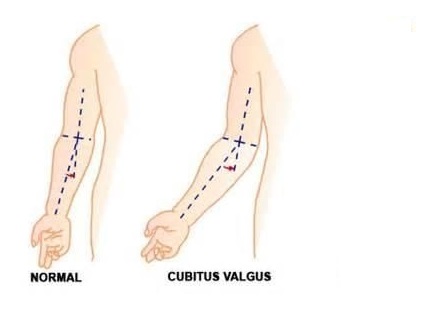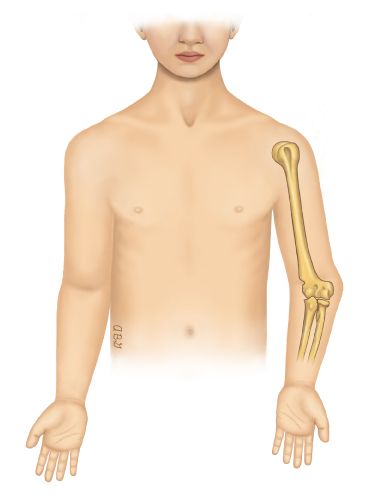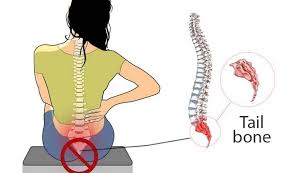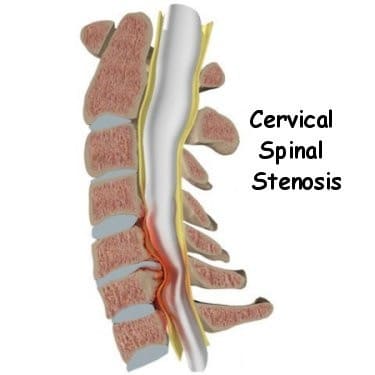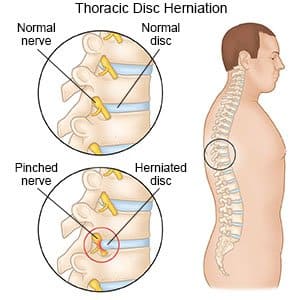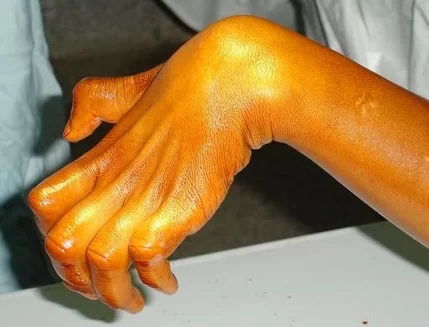Cubitus Varus Deformity:
What is Cubitus Varus Deformity? Cubitus varus deformity is a condition in which the forearm is bent towards the body, causing the hand to turn inward. This can occur due to a congenital abnormality, injury, or bone development issues. Treatment options range from physical therapy to surgery, depending on the severity of the condition. INTRODUCTION:…

